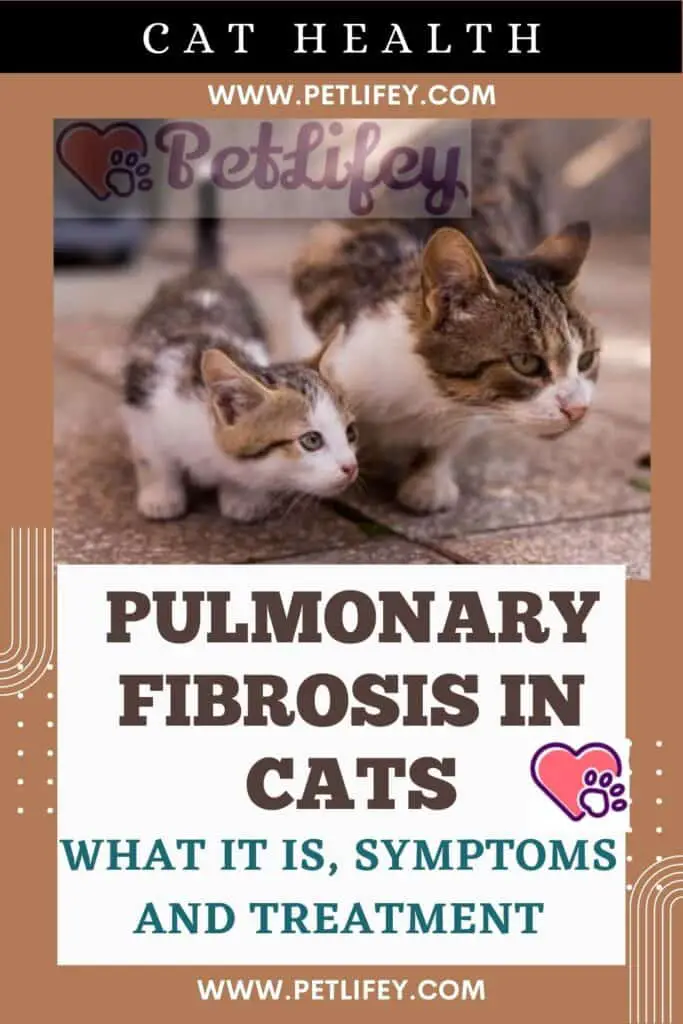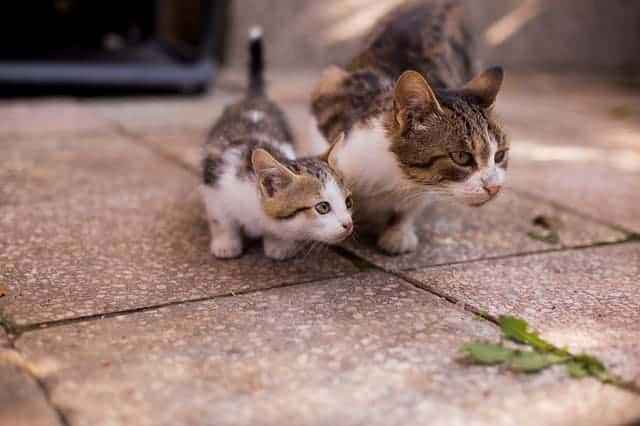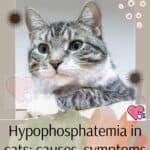Kitten can suffer from various lung diseases, one of which is pulmonary fibrosis in cats. Let’s find out how to recognize and treat it.

Although with a strong and very balanced character, even kittens can be subject to various diseases : some mild that resolve themselves in a short time, others very serious that if not diagnosed and treated in time can even be lethal.
We know that the cat does not easily externalize his probable discomfort, and that is why we must be good at grasping every change in his daily routine: strange behaviors in him can mean that something is wrong and capturing them immediately will help us to act quickly to protect. his health.
Eye problems such as conjunctivitis, bowel problems such as gastroenteritis, or kidney and upper urinary tract problems such as kidney stones. There are really many pathology that can affect the cat without excluding those affecting the respiratory tract and lungs.
And one of the most aggressive diseases that attacks the latter is pulmonary fibrosis in cats. Knowing what it is and above all how to recognize it will allow us to intervene promptly and treat cat with the help of our veterinarian.
Pulmonary fibrosis: what it is
Unfortunately, my cat can suffer from multiple forms of respiratory diseases, and one of the most aggressive is pulmonary fibrosis.
Pulmonary fibrosis in cats is a respiratory disease that develops with hardening (due to inflammation) and scarring of the lung tissue that surrounds the alveoli.
These are tiny cavities in the lungs whose function is to ensure the exchange of oxygen and carbon dioxide between the blood and the atmosphere.
Therefore, when the lungs are affected by fibrosis, there is a thickening of the lung tissue : it becomes hard, not very elastic and with the presence of retracting scars.
This thickening causes a functional deficit of the alveoli : these will no longer be able to pass oxygen into the bloodstream, preventing the cat’s normal breathing.
Pulmonary fibrosis in cats: causes and symptoms
This subtle pathology generally affects elderly cats : hereditary factors, micro lesions to the alveoli but also consequences of other pathology are the main causes.
According to the different causes, some still unclear, this pathology is divided into idiopathic and secondary pulmonary fibrosis. Let’s analyze them individually.
We speak of idiopathic pulmonary fibrosis when the causes that triggered it are unknown. However, while not yet proven with sufficient evidence, some researchers speculate that some possible causes are:
- Environmental damage : for example, due to the exposure of the cat to polluted air or cigarette smoke;
- Viral infections : such as the Epstein-Barr virus or hepatitis C;
- Hereditary factors, of a genetic nature: it is hypothesized that it may be linked to the transmission of the mutated gene for surfactant protein C, a substance useful for the functioning of the lungs.
Instead we talk about secondary pulmonary fibrosis when the causes that triggered it are the consequence of a particular cat condition (pathological or not). The causes of this form of pulmonary fibrosis are:
- Prolonged exposure to toxins that make the lungs sick: such as coal and metal dust;
- Drugs used to treat cancer , but also to treat heart problems and bacterial infections;
- Infectious diseases : such as pneumonia and sarcoidosis.
As we have seen, the causes of this pathology are so many. But how can we tell if the cat is affected by it? First of all, it is important to carefully observe his behavior.
As we have already mentioned, variations in his daily habits are a real alarm bell, and that we absolutely must not underestimate.
Symptoms related to this condition usually progress slowly in the cat and include:
- Difficulty breathing ( dyspnoea ) : your cat will have difficulty breathing until they are panting;
- Cyanosis ;
- Feeling of weakness and fatigue : cat will find difficulty even in the slightest movement;
- Weight loss ;
- Dry cough ;
- Pain in the joints and muscles.
The severity of these symptoms varies from cat to cat, and although they are initially mild, they get worse as the days go by. If not treated in time, pulmonary fibrosis can lead to serious complications, including respiratory failure, pulmonary hypertension, lung cancer, and death.
Diagnosis and treatment

One of the most serious problems with pulmonary fibrosis in cats is that its symptoms can appear long after the onset of the disease, which can make treatment much more complicated.
However, the first thing to do as soon as we notice one of the symptoms listed above is to take the cat to the vet, who will subject it to a careful examination through some specific investigations , including:
- Complete blood test ;
- Chest x-ray ;
- CT scan : to check the situation of the lungs;
- Echocardiography – to check the state of the heart;
- Biopsy of the affected tissues .
When diagnosed, it will be essential to provide the cat with “supplemental” oxygen and many times hospitalization in a clinic is necessary: this is because it will be much easier to control and support its symptoms.
Anti-inflammatory and antifibrotics will be administered to the cat (the latter are drugs whose function is to relax the tissues of the bronchi and “widen” the air passages): this will help the cat in breathing and improve its quality of life.
Pulmonary fibrosis in cats is a very dangerous disease : the prognosis is reserved and generally the life expectancy of the cat is low.
This is why it is essential to always pay attention to any changes in the cat, to periodically have him undergo medical examinations and to keep him away from harmful gases, fumes and dust.






